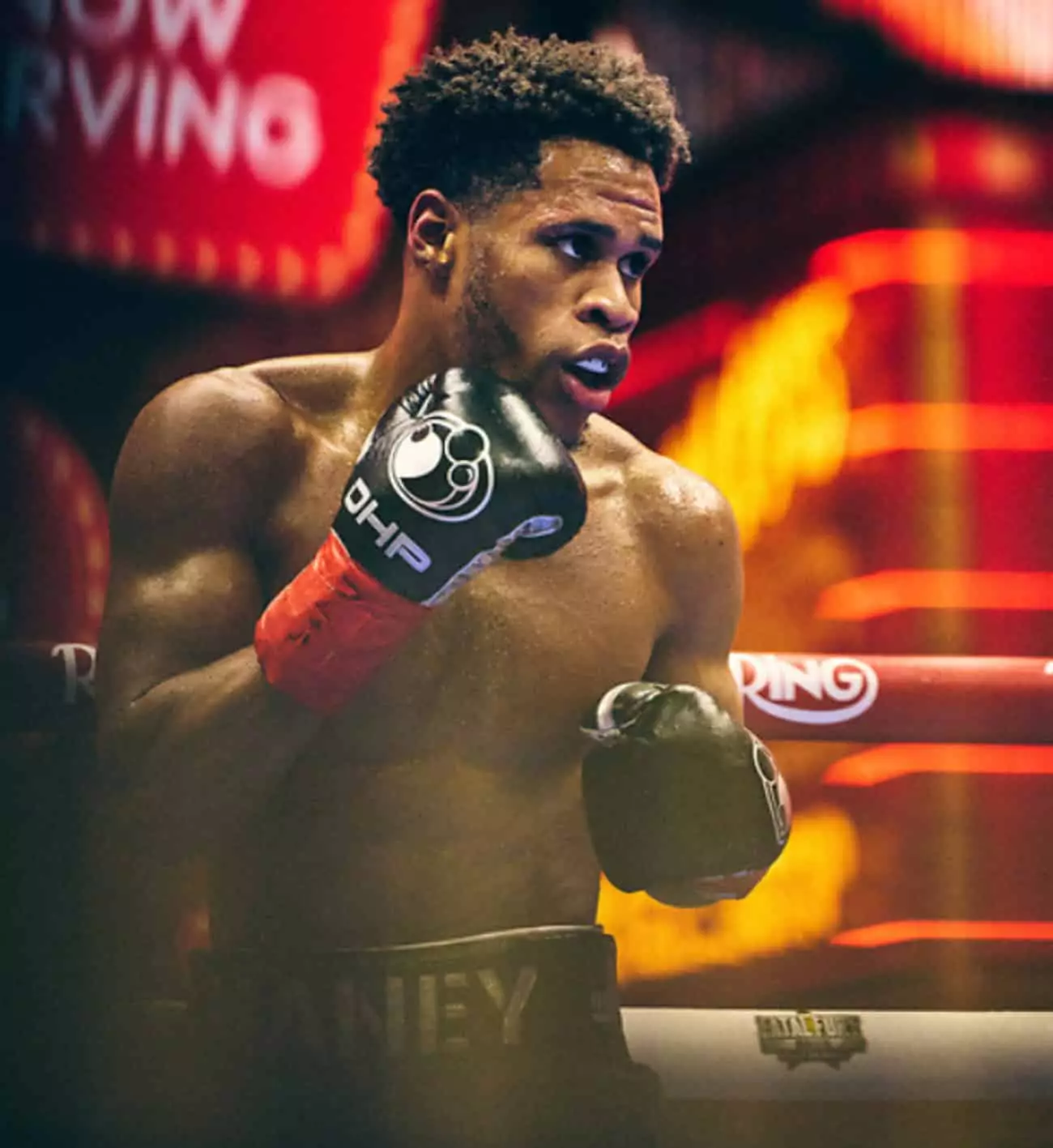Devin Haney’s performance against Jose Ramirez has sparked a whirlwind of criticism and discussion. As boxing continues to evolve, so does the public’s expectation of how fighters should perform. After all, this is a sport where legends are born and reputations are made in the ring. Caleb Plant, a former champion himself, stands in defense of Haney, suggesting that the real fault lies with Ramirez for not pressing the advantage. While Plant’s perspective offers a valuable angle, it also raises the question: What defines a truly compelling boxing match?
In any athletic contest, performance is scrutinized not only for results but also for the manner in which those results are achieved. The narrative surrounding Haney’s cautious approach against Ramirez revolves around a mixed bag of strategy and interpretive judgment. Plant posits that Haney’s evasive tactics were well within a pre-conceived game plan, focusing more on winning decisively rather than delivering an entertaining fights. Yet, this argument oversimplifies the intricacies of fan engagement and the visceral excitement that boxing purists seek from each bout.
The Cost of Safety Over Entertainment
A staggering $10 million paycheck for battling Ramirez in a largely uneventful manner brings the conversation into stark relief. Financial incentives often drive fighters to play it safe, but at what cost? Boxing is unique in its blend of artistry and combat, where risk-taking can lead to memorable moments or devastating losses. Haney, it can be argued, opted for the former—guarding his title ambitions over risking exposure in an unforgiving sport.
While Plant offers a sympathetic ear, suggesting that Haney’s tactical retreat was necessary, one cannot overlook how the fight’s pacing left a lot to be desired. Viewers howling for action can hardly be chastised for interpreting footwork and distance-management as cowardice, especially when other champions have displayed more aggression in high-stakes situations. Taking a cautious route may facilitate winning but can also alienate the very fanbase that fuels a fighter’s momentum.
The Fine Line Between Strategy and Entertaining Fights
Analyzing Haney’s strategic decisions further complicates the discourse. Yes, it takes considerable discipline to maintain such an evasive style for 12 rounds, as Plant points out. But one must consider the deeper implications of that approach. Undoubtedly, the athlete’s focus must be sharp, yet the lacking enthusiasm in Haney’s performance could deter potential future opportunities—not merely from a financial standpoint but as an athlete’s legacy.
There remains a strong argument that fighters bear a dual responsibility: not only to win but to create an enthralling spectacle. This is where the fine line between tactical execution and viewer engagement becomes crucial. Fans pay not simply for victories but for dauntless performances that resonate as memorable moments in a fighter’s career. Haney’s sporadic bursts of activity combined with sustained retreat signify a boxer caught in a game of self-preservation while neglecting the expectations tied to that perceived mastery.
Apples and Oranges: Comparing Styles and Performers
Another compelling layer to this discussion is the comparison between fighters. Some critics argue that Haney’s reticence is akin to Plant’s own past performances, suggesting that each has adopted a similar brand of safety-first boxing. Yet the essence of their craft differs subtly; one can deliver a cautious fight while maintaining a degree of flair, creativity, and even emotional connection. This emotional aspect is what transforms an ordinary match into an unforgettable showcase.
Plant’s defense of Haney could come off as a protective response since they share stylistic similarities, potentially indicating why the former champion is more inclined to excuse Haney’s performance. However, if champions should know better, they must also understand that innovation and excitement read as critical elements in a fighter’s portfolio. A champion’s worth is often measured as much by heart as skill, and that is where Haney seems to falter.
Boxing is an art form that requires fighters to both display their defensive skills and to engage with the crowd. The argument that Haney was simply executing his game plan rings hollow when weighed against the expectations of those who buy tickets, subscribe to networks, and follow careers eagerly. It is this base of enthusiastic fans—whose energy can electrify a fight night—that sets the ultimate standard for success in the sport of boxing.


Leave a Reply